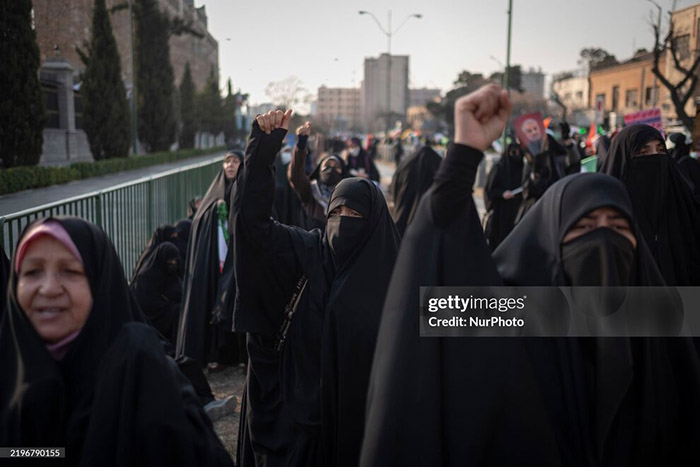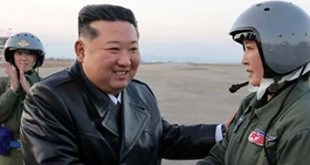Foreign Minister of Iran (2013–2021)
When Hassan Rouhani became President of Iran in 2013, he appointed Zarif as Foreign Minister, signaling a shift towards a more engagement-focused foreign policy. Zarif quickly became the face of Iran’s diplomatic efforts, particularly in nuclear negotiations. His tenure as foreign minister is best remembered for leading Iran’s negotiations with the P5+1 countries (the United States, United Kingdom, France, China, Russia, and Germany), culminating in the historic Joint Comprehensive Plan of Action (JCPOA) on July 14, 2015.
The JCPOA aimed to curb Iran’s nuclear program in exchange for lifting economic sanctions. On January 16, 2016, international sanctions on Iran were formally lifted, a significant diplomatic victory for the Rouhani administration and Zarif himself. However, the deal faced strong opposition from hardliners in Iran as well as conservatives in the United States. In 2018, under the Trump administration, the U.S. withdrew from the agreement, reimposing sanctions on Iran, which severely impacted the country’s economy and diminished Zarif’s standing among critics in Iran.
Challenges and Resignation Attempt
Zarif faced numerous challenges during his tenure, particularly from hardliners within Iran who viewed his diplomatic efforts with skepticism. In February 2019, he announced his resignation, citing internal conflicts and feeling undermined in his role. However, his resignation was rejected by Iran’s Supreme Leader, Ayatollah Ali Khamenei, and President Rouhani, allowing him to continue as Foreign Minister until 2021.

